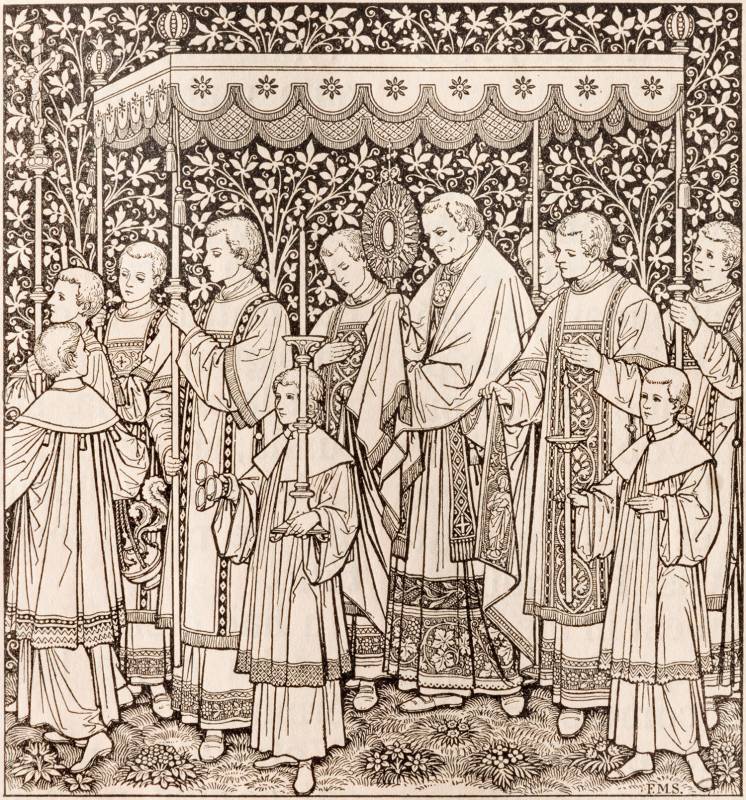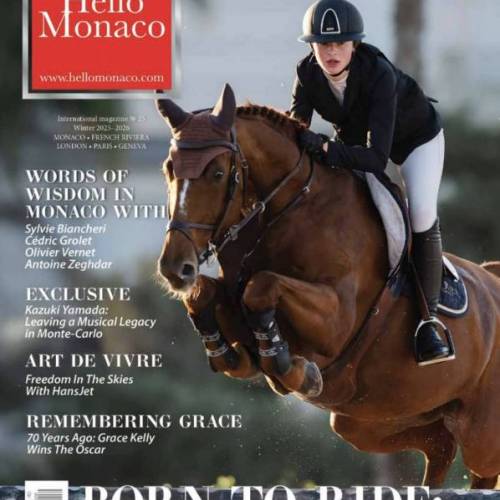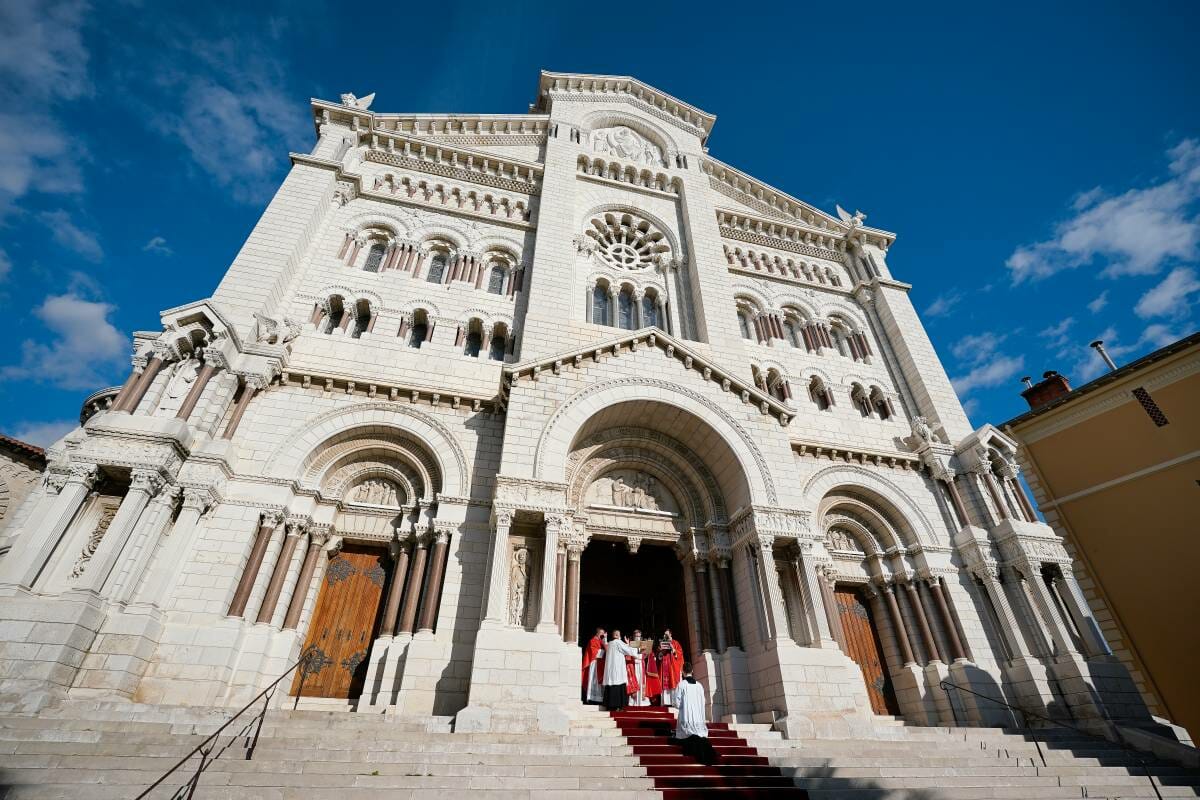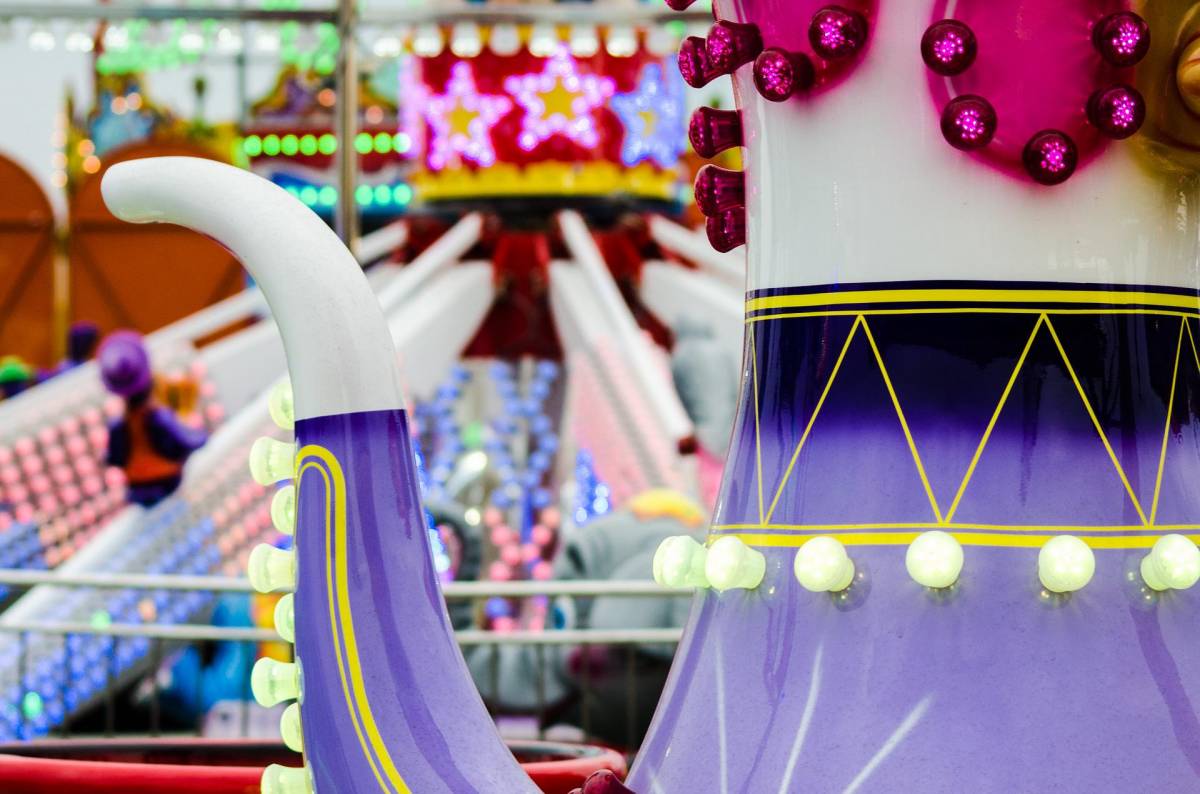A public holiday in the Principality, Corpus Christi (Corpus Domini) is called “Solemnity of the Body and Blood of Christ”.
It is the celebration of the real presence of Jesus Christ in consecrated bread and wine, which has become substantially his Body and his Blood. This feast is celebrated on a Thursday in remembrance of the institution of the Eucharist (the last supper) which takes place on Maundy Thursday, the eve of Jesus’ death on the Cross.
In countries where this day is not a public holiday (such as in France), this holiday is postponed until the following Sunday.
Pope Urban IV instituted the feast also called Corpus Domini with the bull Transiturus de mundo on August 11, 1264. He fixed it for Thursday after the “octave” of Pentecost, when only designated celebrations or special feasts were blessed.
The writing of the liturgical texts for this festival was entrusted to the great theologian Saint Thomas Aquinas, the best known of which is the Pange Lingua sung on Maundy Thursday. “Maundy” means “Commandment” (by Jesus Christ).
The festival of Corpus Christi gives rise in many places to a procession, during which the priest carries the Eucharist on display in a special receptacle (called “monstrance”), in the middle of the streets and squares that were once richly decked out with draperies and garlands. The Blessed Sacrament is sheltered under a canopy.

Monaco’s Procession on the Rock
In Monaco the procession takes place on the Rock. It leaves the cathedral at the end of the Pontifical Mass, goes to the first altar on Place du Palais (first salute in the presence of HSH Prince Albert II), then to the second altar on Town Hall Square. The canopy is borne by members of the archconfraternity of the Penitents of Mercy. The song is enriched by the Monaco Municipal Orchestra.









